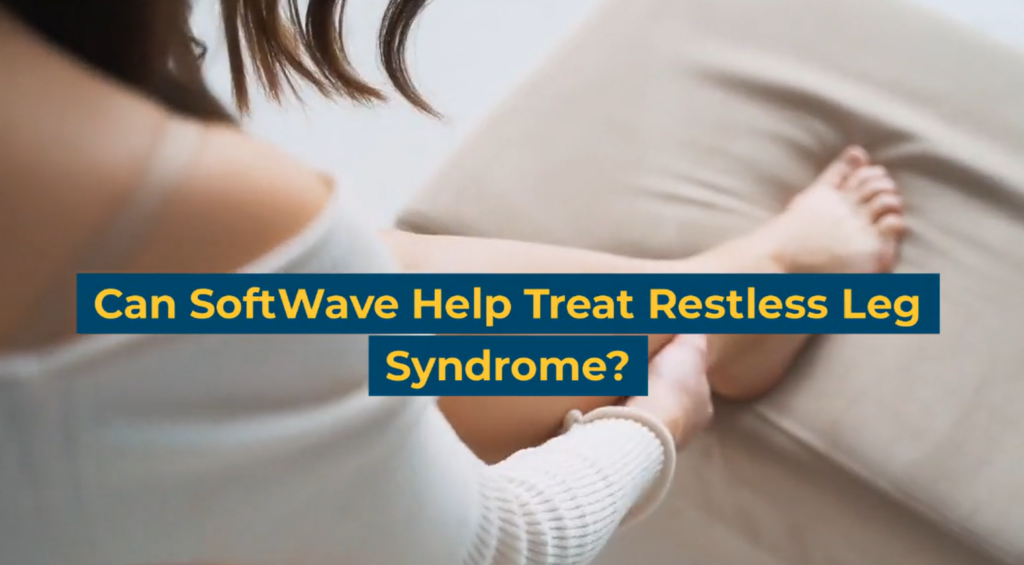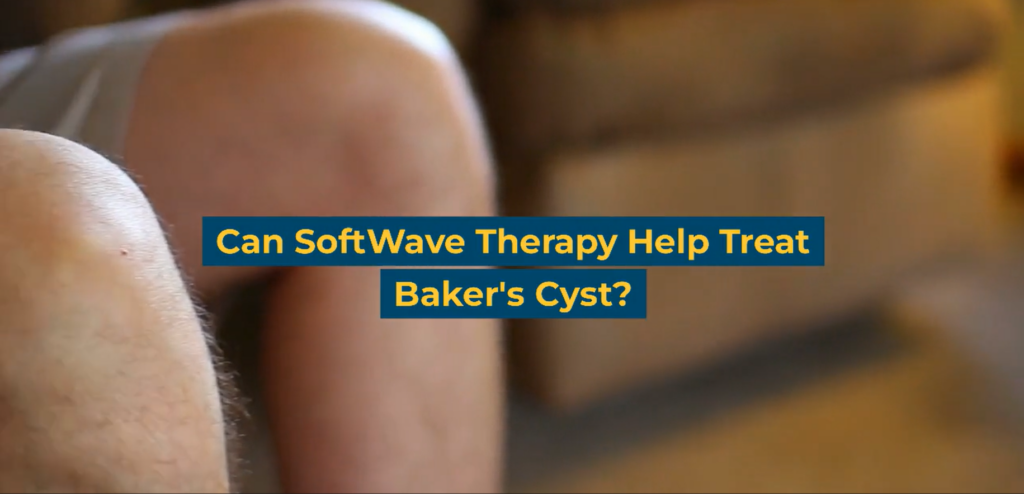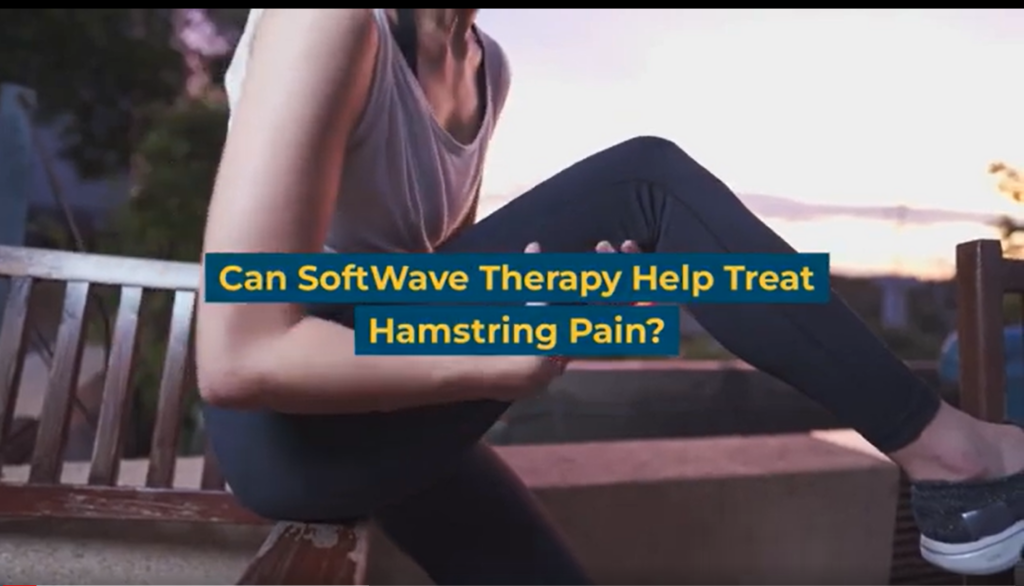Importance of Treating Patellar Tracking Disorder
Treating PTD is important because it can significantly impact a person’s quality of life. The condition can cause pain, swelling, and instability in the knee joint, making it difficult to perform everyday activities or participate in sports. If left untreated, patellar tracking disorder can also lead to the development of other knee conditions, such as osteoarthritis, which can be even more debilitating.
By treating PTD, one can prevent further damage to the knee joint and reduce the need for more invasive treatments, such as surgery.
What Causes Patellar Tracking Disorder?
There are several causes of PTD, including anatomical factors, overuse or injury-related causes, and weakness or imbalance in the surrounding muscles.
Anatomical causes of PTD include a shallow or uneven patellar groove or a misaligned femur or tibia. Overuse or injury-related causes include repetitive motions, such as running or jumping, that put excessive stress on the knee joint. Weakness or imbalance in the surrounding muscles, such as the quadriceps, can also contribute to PTD.
Traditional Treatments for Patellar Tracking Disorder
Traditional treatments for PTD include physical therapy, bracing, and surgery. Physical therapy involves exercises and stretches that can help to strengthen the muscles around the knee and improve patella alignment. Bracing can also be used to help stabilize the knee and reduce patella movement. Surgery may be recommended in cases where other treatments have not been effective and can involve realignment of the patella or other corrective procedures.
While these treatments can be effective in managing symptoms, they may also be costly and invasive, and may require a prolonged recovery period. In addition, some patients may not be candidates for surgery due to their age or other health conditions, and may need to explore alternative treatment options such as SoftWave Therapy.
How Can SoftWave Help Treat Patellar Tracking Disorder?
PTD can be effectively treated with SoftWave Therapy, a non-invasive treatment that uses high-frequency sound waves to stimulate the body’s natural healing process. SoftWave Therapy can help to address the root causes of PTD including anatomical abnormalities, muscle weakness or imbalance, and overuse or injury-related causes.
SoftWave Therapy works by delivering sound waves directly to the affected area using a handheld device. These sound waves can help to reduce pain, inflammation, and muscle tension, and promote healing in the affected tissues. SoftWave Therapy has been shown to be highly effective in treating PTD, with studies demonstrating significant improvements in pain and knee function.
Comparing SoftWave Therapy to Traditional PTD Treatments
An advantage of SoftWave Therapy is that it is a cost-effective alternative to traditional treatments. While the upfront cost of SoftWave Therapy may be higher than that of physical therapy or bracing, the long-term cost savings can be significant. SoftWave Therapy can help to reduce the need for ongoing treatments or medications, and can help patients avoid the costs associated with surgery or other invasive procedures.
Perhaps most importantly, SoftWave Therapy offers a high degree of patient satisfaction. Patients who have undergone SoftWave Therapy for PTD report significant improvements in pain, function, and quality of life. They also appreciate the non-invasive nature of the treatment and the fact that it does not require a prolonged recovery period.
Benefits of SoftWave Therapy for Patellar Tracking Disorder
Another advantage of SoftWave Therapy is that it is a non-invasive treatment that does not require any incisions or anesthesia. Patients can return to their normal activities immediately after treatment, and there is no prolonged recovery period. While some patients may experience mild discomfort during treatment, this is usually temporary and can be managed with over-the-counter pain medication. Moreover, SoftWave Therapy is a safe and effective alternative to surgery or medication for many patients.
Overall, SoftWave Therapy offers a promising new option for patients with patella tracking disorder. This non-invasive treatment can address the root causes of the condition and help to reduce pain, inflammation, and muscle tension. SoftWave Therapy is safe, well-tolerated, and cost-effective, making it an attractive alternative to traditional treatments. If you are experiencing pain or stiffness in your knee, or have been diagnosed with patella tracking disorder, talk to your healthcare provider about whether SoftWave Therapy may be right for you. With SoftWave Therapy, you can get back to doing the activities you love without pain or discomfort.
For more information, request an appointment with us today!
Disclaimer: The information provided in this blog is for educational and informational purposes only and is not intended as a substitute for professional medical advice, diagnosis, or treatment. The content provided in this blog should not be used to diagnose or treat any health problems or illnesses. Always consult with a qualified healthcare professional before making any changes to your healthcare routine or treatment plan.




